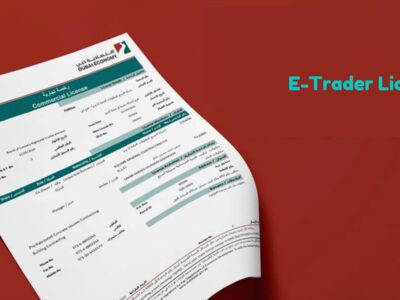Strategic “wayfinding” is one of the greatest ways to create a more pleasant experience when guests visit your space. Precise directional signs that escort individuals through a particular environment are crucial to making the visitor experience more intuitive.
From mall signage design to hotel signage design, park signage design to hospital signage design, there is a lot to think about it when it comes to effective wayfinding. To help you get your head around this, read on for a step-by-step guide to improving your wayfinding.
1. Understand the space and its visitors
Before you do anything, you first need to put on your research hat. You want to make sure that you fully understand the area and its visitors. Analyze how these individuals behave and what they are looking to achieve when they come to this space.
The environment plays a significant role in how people react, and these emotions affect their ability to navigate effectively. Therefore, if you are going to implement an effective wayfinding system, you need to be able to identify the overall feeling of the environment.
An excellent beginning exercise is to walk through the space envisioning yourself as a first-time visitor. By wandering around the area that guests will be walking through, you can have a sharper judgment of the potential obstacles they could encounter and plausible questions they may have.
2. Design it with the long term in mind
The best wayfinding design is developed with the long term in mind. Inevitably, your space and business are going to evolve — and you don’t want to outgrow your wayfinding system in a couple of years. Therefore, when designing your wayfinding system, make sure that what you are creating has the potential to evolve as you grow.
One of the best ways to do this is by devising an arrangement of sign standards. These are crucial for formulating uniform and thoughtful wayfinding systems that sustain the design integrity of a space.
By having sign standards, you can be sure that you are constantly balancing the aesthetic needs of a space with the amount and type of information that has to be presented for it to be usable. Moreover, sign standards establish the parameters for the manner in which these objectives will be maintained.
3. Include the essential elements
When it comes to the intricate design of your wayfinding system, there are a few essential elements that you need to incorporate.
First and foremost, user-friendly language. After all, if you aren’t able to clearly communicate the necessary information, then your signs aren’t of much use. Don’t try to get too fancy with your language; instead, keep things simple. This is true when it comes to words and iconography.
Furthermore, make sure that the font and icon size is large enough that it can be seen from various perspectives and distances. When it comes to wayfinding, your firm’s official brand font might not be the most useful typeface. That is okay; you always want to prioritize clarity. Consequently, when selecting a wayfinding font, search for a font family that is readable and has a variety of different weights.
Additionally, make sure to consider the lighting surrounding your wayfinding signs. The last thing you want is to install your system only to realize that the materials you choose reflect poorly off the sun. Depending on the setting, you are probably going to want different materials for your signs.
4. Plot out decision point locations
A “decision point location” is defined as a point where a visitor is obliged to make a wayfinding decision. Therefore, it is crucial that at each of these points, you provide suitable wayfinding information so that they can make the right choice. Keep in mind that on any given sign, there should be no more than five choices.
At a decision point location, a visitor needs to be informed of where they are located within the entire space, the directions around them, and the nearby destinations. This is a crucial factor in aiding visitors in arriving at their intended destination successfully. In addition to decision point signs, you must also have clearly defined paths (with a clear-cut start, center, and end) that confirm to visitors their progress and distance throughout the space.
One of the best ways to verify your wayfinding is to invite guests to try out the system prior to its official debut. Ask your beta-testers to make their way around the space using your system and then record their feedback and thoughts for improvement. You may also want to have testers come at different times so that you can hear their opinions following various settings and lighting.
5. Designate landmarks
The best wayfinding design utilizes what is already around to create cues for guests. These “landmarks” not only help visitors recall where they are, but they also anchor them in the space. You may already have landmarks in the area, or you might want to go about creating some.
For visitors, a landmark or change in scenery makes navigating a space much more manageable. On the other hand, if everything looks the same, it can quickly have guests feeling like a rat in a maze.
This isn’t to say that you must construct mountains on one side of the building or anything drastic. In fact, there is no need to overthink it at all. What you need is some distinctive feature (unique wall graphics, a fountain, or a collection of lamps) to help a guest’s memory remember where they are and where they are going.
Not surprisingly, this is not an easy process which is why it is highly suggested that you opt to partner with a top wayfinding signage firm that can help you discover the balance between aesthetics and functionality.
From sketching the designs to determining the central locations plus establishing sign standards, these specialists know what is required to create a wayfinding signage system that will last for the long term.
Have you ever created a wayfinding system? Is it something that your space or business needs? Let us know in the comments below!
AUTHOR BIO
Zak Zakaria is a Waymaker at dezigntechnic in Dubai who also previously worked as the company’s Graphic Designer and Art Director. Zak is a creative with work experience in multiple multinational agencies such as JWT and Saatchi & Saatchi. Signage design is a family business, making Zak’s personal experience with signage his longest professional commitment.














Comments